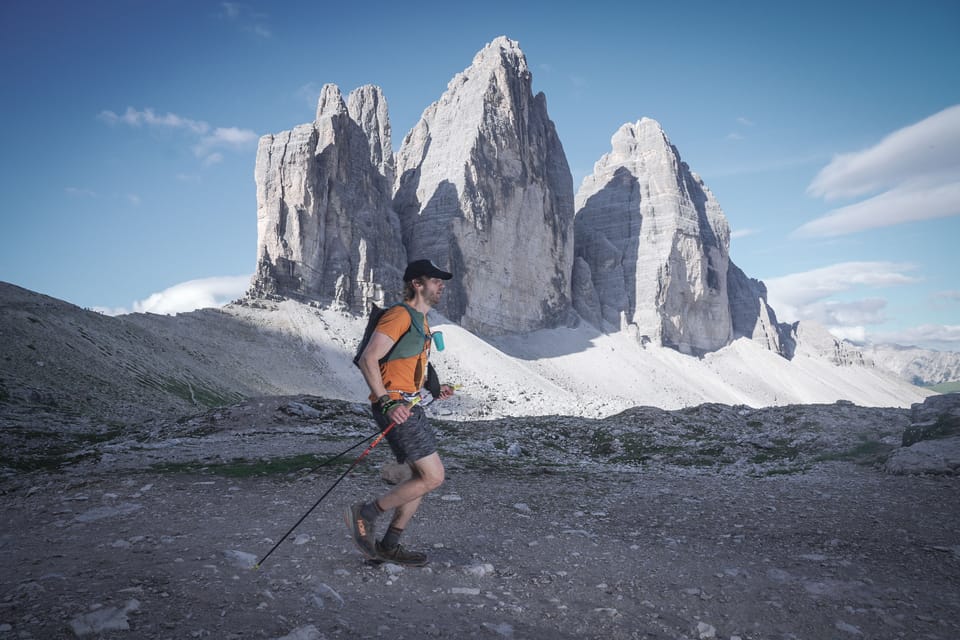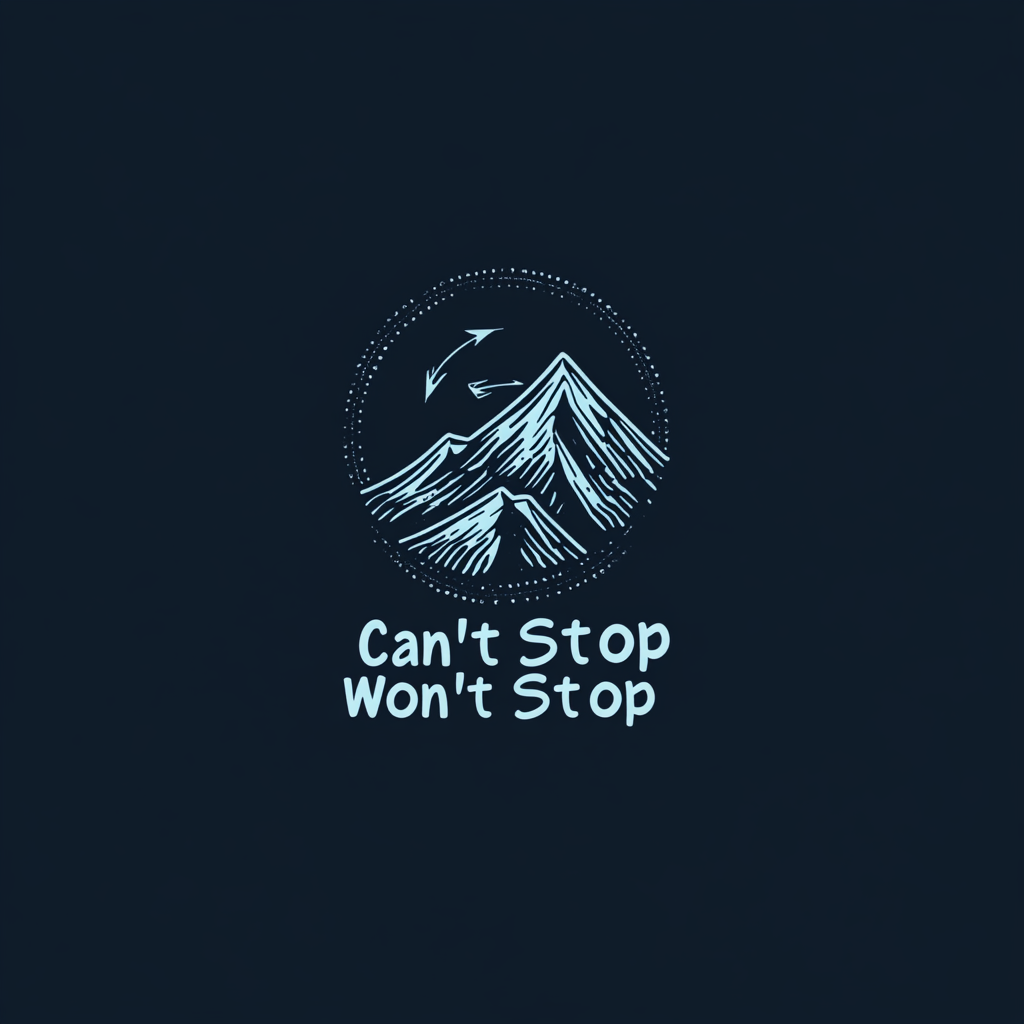Lavaredo 120K Race Report: How Far Can I Push?

On June 27th at 10 p.m. in Cortina, I arrived at the starting line and stood for an hour with a couple of thousand other runners waiting for the gun. Most were chatting (the elites were sitting), but I was just quietly listening to the DJ. I wasn't exactly nervous, but I was thinking about what I had gotten myself into.
120 kilometers through the Dolomites. Nearly 6,000 meters of climbing. Thin air, sketchy ridgelines, freezing nights, brutal heat. Basically, everything that sucks about ultrarunning packed into one race.
Which is exactly why I signed up, I guess.
But honestly? The race didn't start that night. It started months ago on a damn treadmill.
Living in Milan means zero real mountains nearby (nearby enough for an early morning run). And most days the air quality is so bad you don't want to breathe too deeply anyway. So yeah, most of my training was indoors. Just me, a treadmill cranked up to steep inclines, staring at a wall for hours trying to pretend I was actually climbing mountains.
Most runs started before 5 a.m.—not because I'm some kind of masochist, but because with three little kids and work completely taking over my life, early mornings were literally the only time I could train consistently. I'd sneak out, do my thing, and be back making breakfast before anyone even knew I was gone.
But those quiet hours became something more than just fitting workouts in. These were the hours when I learned to run despite a mental list telling me to stop and go back to bed. This is where I practiced digging deeper.
The First Half: Actually Going Well
The first half was honestly perfect. I started easy, found my groove, and everything just clicked.
For the first 6 hours, I was nailing it. Stayed in my target effort zone, ate when I was supposed to, climbed efficiently in the cool night air. Around hour 10, just after sunrise, I hit Tre Cime with the golden light hitting those peaks—man, it was beautiful. I was still feeling strong. Still moving well. Actually started thinking this might be my best race yet.
Should have known better – never think about the finish too early!
The Middle: When Everything Goes Wrong
By hour 11, the wheels started coming off.
The sun came up fast and angry. Temperature shot up to 34°C, and the next section—52K to 67K—turned into pure survival mode. I completely screwed up my water and food. My CamelBak was the worst choice ever because I couldn't see how much I had left, so I started rationing way too early and basically stopped drinking. The aid stations were spaced further apart than I expected. The terrain was completely exposed. And it was just... hot as hell.
By hour 13, I dragged myself into Cimabanche (67K) totally destroyed. I literally laid down on the ground. Drank an entire liter of Coke. Couldn't even talk. Could barely think straight.
I thought I was done. Like, actually done.
But somehow, after lying there for 15-20 minutes, I managed to pull it together. Got up. Walked out. Started running again. It wasn't pretty, but I was moving forward.
The Breakdown: When Your Body Says No
Then around 70K—hour 14—my left calf just seized up. Not a normal cramp, but one of those violent ones that stops you dead. I couldn't push uphill with my left leg. Couldn't run downhill on technical stuff. I was basically hobbling and limping, losing hours.
From hour 14 to 18, I was barely moving. When I finally got to the 105K aid station, I went straight to the medical tent and told them I was probably calling it quits. They worked on my leg—aggressively. It hurt so bad I had to ask them to stop twice. Like, 9 out of 10 pain.
They gave me some broth and wrapped my calf in KT tape. Then Marina called.
She asked me one simple question: "Is the damage permanent?"
The doctors said no. Just a cramp.
She reminded me: I had almost 10 hours to cover 15 kilometers.
So I stood up. Hobbled out of that tent. And somehow—I still don't know how—the calf loosened up just enough for me to jog. Then actually run. The next section was steep and technical and brutal, but I was moving again.
The Finish: Just Keep Going
The final descent into Cortina was steep and my legs were screaming, but I could actually run. I crossed the line in 23 hours and 39 minutes. By my calculations, I probably lost about 4 hours to cramping, hobbling around, and recovery stops.
But I finished. And I found something down there I didn't know I had.
Not just endurance. More like... stubbornness. Clarity. A different kind of perspective on what actually matters.
Weirdly, no real soreness afterward. Tight legs Sunday and Monday, but by Wednesday I felt normal. By Saturday, completely recovered.
What I Learned
The biggest thing: You move faster and recover faster if you just keep moving.
At Cimabanche, at 105K, at every low point—what helped wasn't resting. It was moving. Even slowly, even painfully, one foot in front of the other was always better than sitting there.
Three different times I got hit with waves of nausea. Each time, a massive dose of Coca-Cola and getting back on the trail made me feel better.
And finally: never using a CamelBak again.
Not being able to see how much water I had left made me paranoid. I rationed when I should have been drinking, and it almost killed me. Next race, I'm switching to soft flasks where I can actually see what I'm working with. Drink more. Drink early. Trust that movement is survival.
To my wife, my kids, and everyone who put up with this crazy pursuit—thank you.
You didn't just help me get to the start line. You made it possible to push through to the other side.
